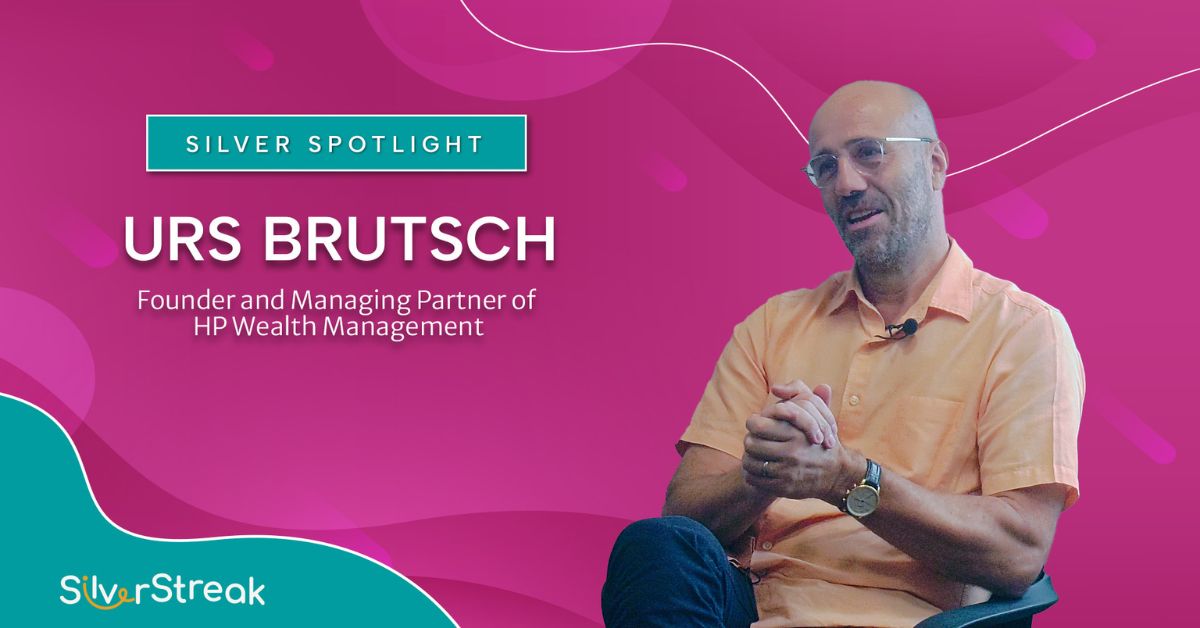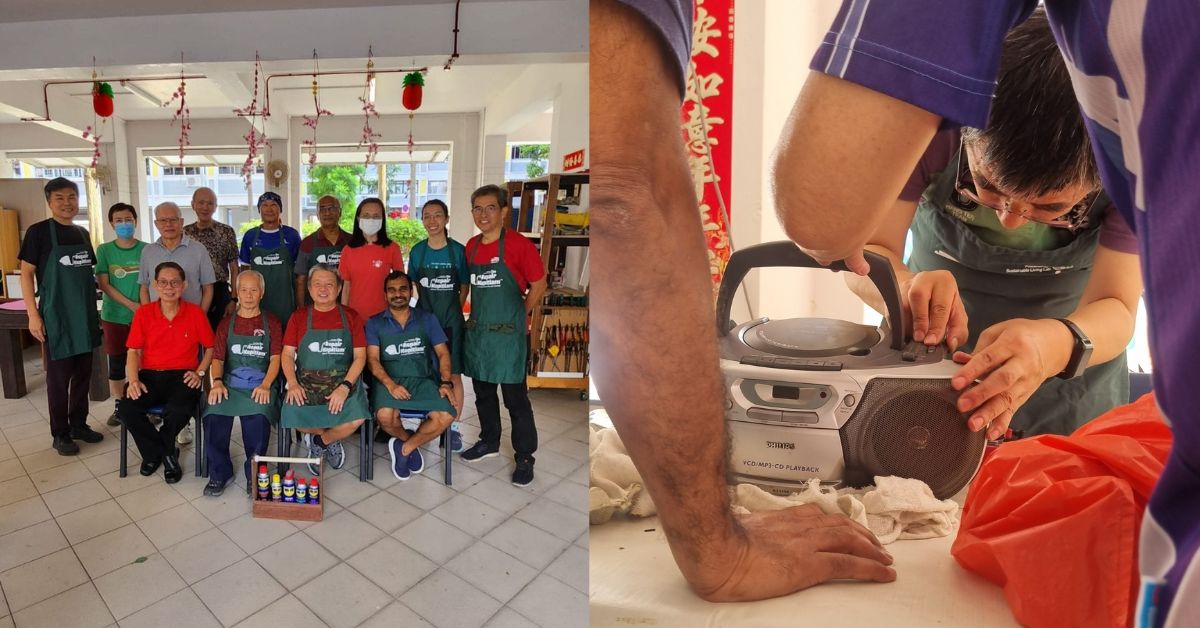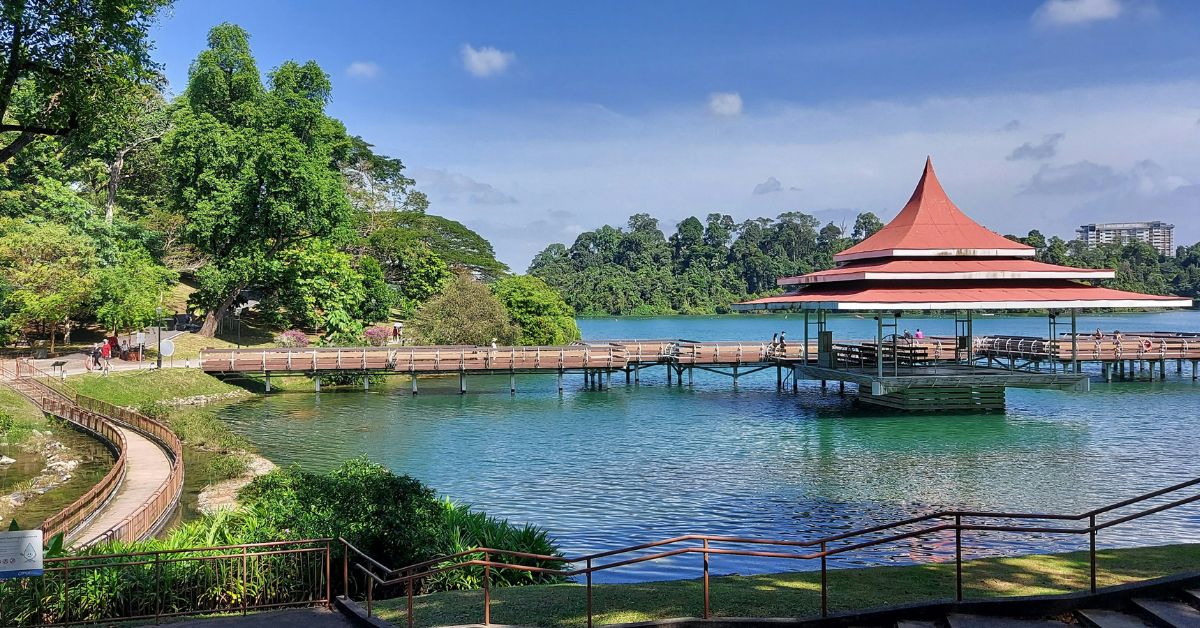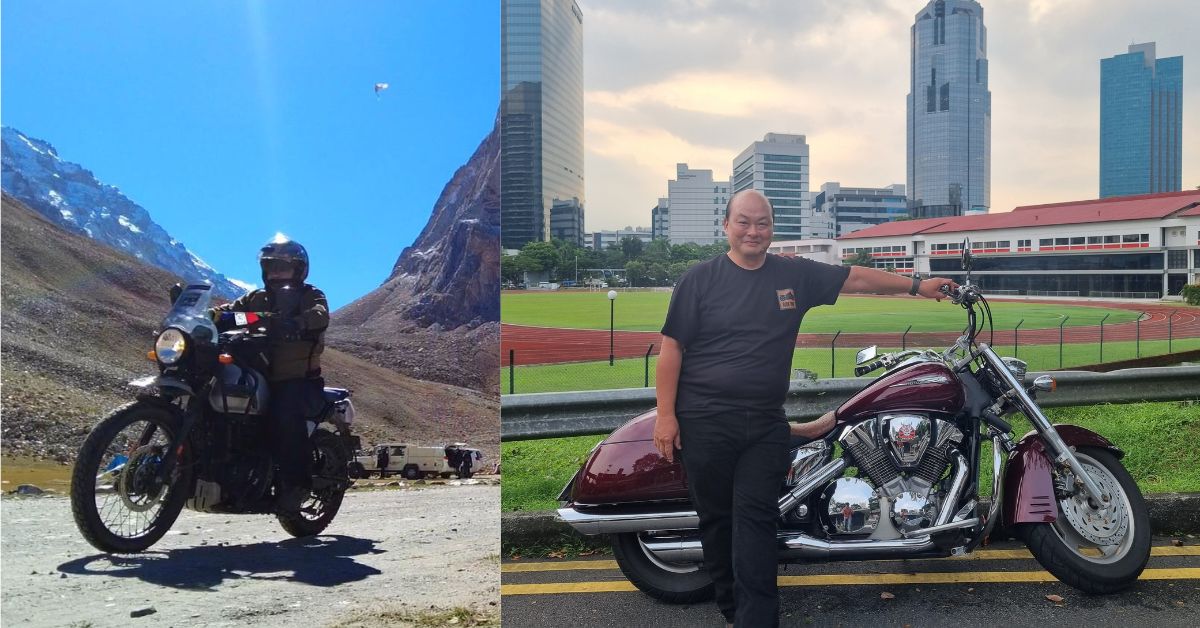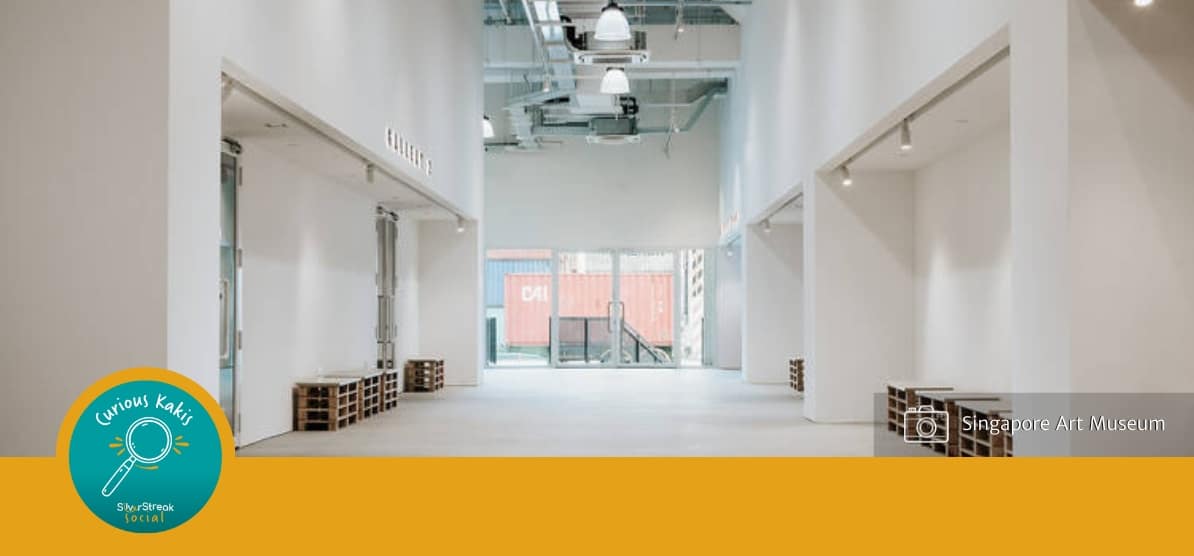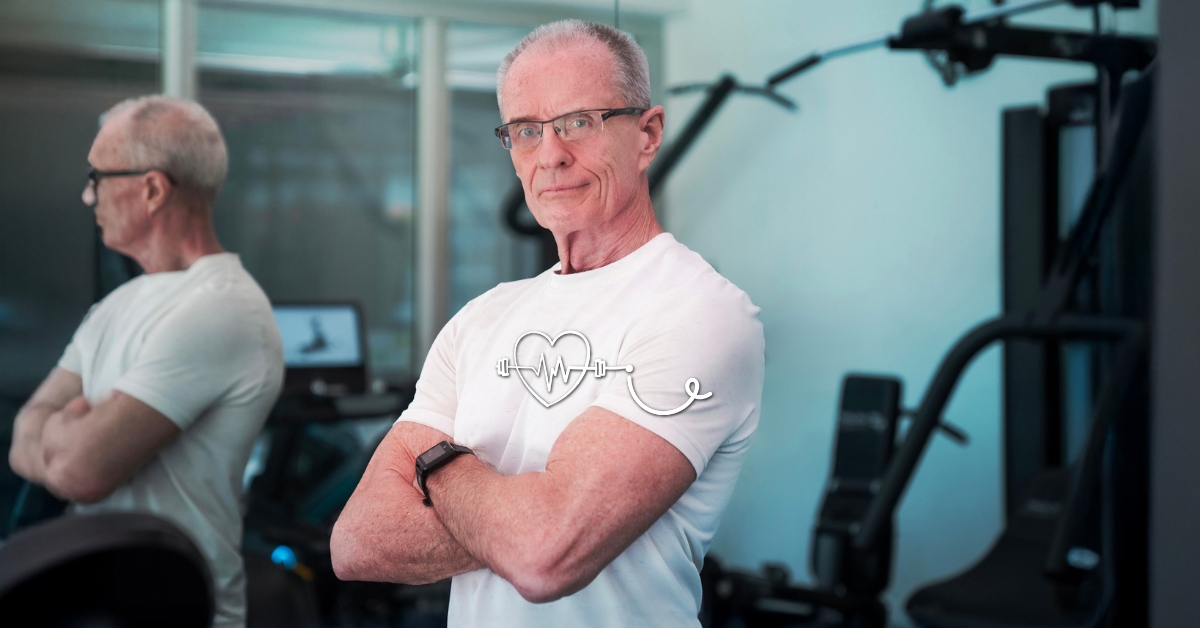
Our loss of agility as we get older is not due to aging. It’s from our lack of understanding of our own body. And I want to help others stay mobile and fit for as long as possible. That’s why I, as I go into my 70s, I chose to become a personal trainer, specialising on senior fitness.
Fitness was always “a must” for me. I spent many days of my youth horse-riding but being too tall for my age, I was advised against becoming a professional jockey. Instead, I pursued a different kind of horsepower, eventually becoming CEO for companies in the motoring industry. However, despite busy schedules travelling around the world, I never stopped gymnastics and gym training, both of which I started in my teens. These have helped me maintain fairly good fitness into my silver years.
There is an alarming rate of muscle loss starting from the ages of 35-40. This muscle loss, or sarcopenia, goes up to 44% among older persons. Beyond that, we also face other natural signs of ageing, ranging from slower reflexes to unsteady balance. But I believe that it is possible to reduce these effects of getting older. The key is to get started.
Only resistance training, whether bodyweight exercises, resistance bands, or weights, can combat sarcopenia.
My approach is rooted in gymnastics, yoga, bodyweight training, resistance work, and cardio. I know it works because I’ve practised it for over 60 years.
Advertisement
Senior fitness starts with mentality
For me, fitness is a lifestyle, not about medals or competitions. When people ask if I run marathons, I say, “the real marathon isn’t 42km — it’s 42 years! Show me how fit you are at 70, and I’ll tell you whether you’ve won.”
Exercise should be challenging but never painful. You can compete against yourself, but do progress slowly, understand your body, and respect its signals. Pain is your body’s way of saying something’s wrong — listen to it. But don’t give up.
Start simple. Simple habits make a huge difference, especially for senior fitness.
A year ago, I started to feel my legs getting weaker. I made a commitment to take the stairs instead of using lifts to strengthen them. To do this, I started by climbing the stairs at MRT stations daily.
Later, I joined a stair-climbing group in Singapore. The first time I tried to climb 50 floors, I had to stop twice. I thought, “I am finished!” But after three months of training, I could reach the top without stopping, even at 70 years old.
Stair climbing strengthens leg muscles and tendons, offloading weight at the knee joints. In effect, it supports the knee joints.
Getting to know your body
You have to identify your strengths and weaknesses. Is it your grip, legs or core?
Grip strength is an early indicator of sarcopenia and loss of muscle strength. You notice it first when you have difficulty opening a jar, for example. The good news is that it’s quite easy to counteract this by practising hanging from a bar. It’s called the “dead hang”.
Initially, you might only be able to hang on for a few seconds, but with daily training, you will be able to improve this. Do it a couple of times each day. The long-term target for adult females is to hang for 90 seconds, and for adult men it’s for two minutes.

The core is the power centre of your body and is involved in every movement you do.
The glutes are the single biggest muscle in your body, stabilising your whole body.
I started training Joel, 50, two months ago. He was unable to lift his pelvis and glutes from the floor and tuck in his legs, indicating a weak core. This is due to too much sitting in front of screens over the last two decades.
After an assessment, I advised Joel that besides his core, he needed to strengthen his arms, hip flexors and glutes.
He trains with me twice a week, walks for 30-40 minutes every day, changed his diet and has so far lost 2 kg. He’s trying to lose 3-4 kg more and improve his muscle strength.
Many people can’t properly activate their glutes, leading to knee problems. That set of muscles can also be the reason for poor balance, a major cause of falls in older adults. Another issue in senior fitness is poor posture, which can also be corrected by exercising the right muscles.
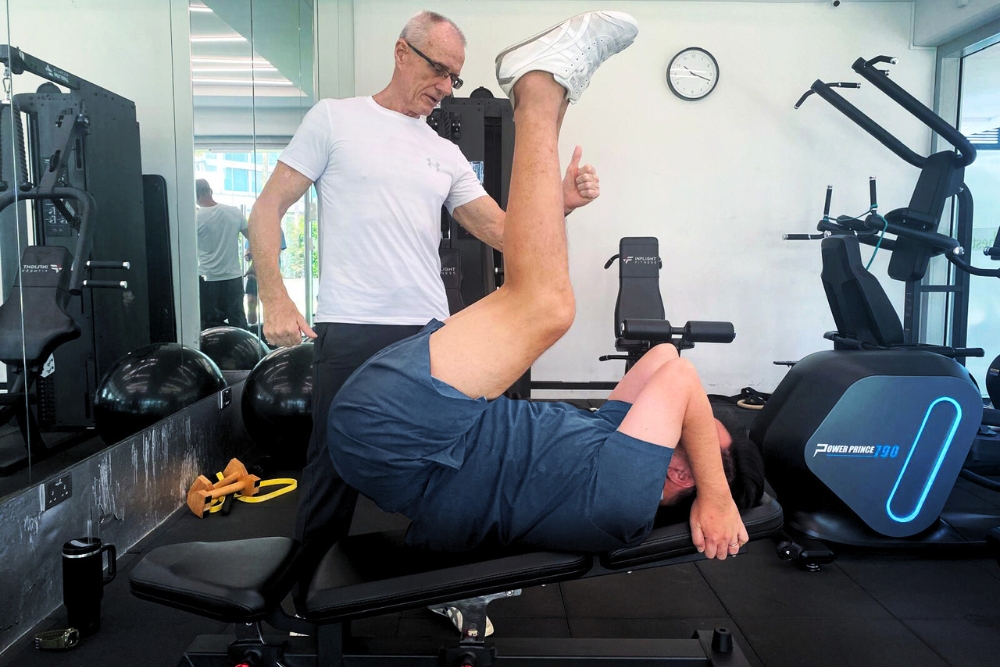
All your movements and muscle contractions are coordinated by your brain and your spinal cord. As you focus hard on a certain muscle, the brain will send signals to this muscle to contract. For instance, focus on your biceps as you’re doing a bicep curl and it will contract your biceps.
Spending 20-30 minutes per day on mind/muscle and mobility training will keep your body in good shape and your joints flexible.
Nutrition is important too
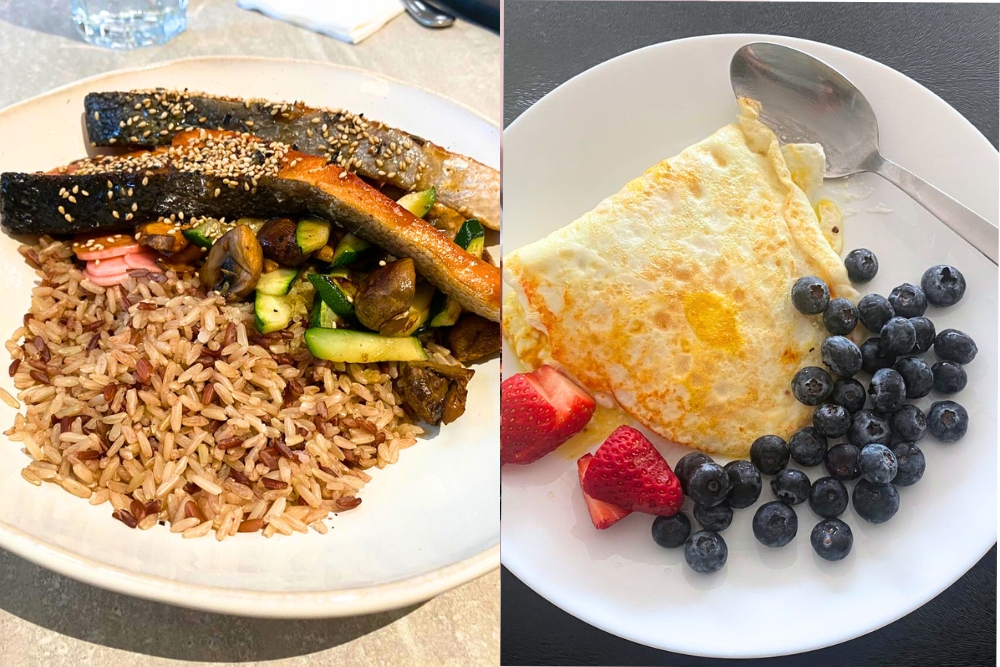
Diet is just as important as exercise.
I advise those I train to ensure that they eat enough protein. This is because, as we age, our bodies absorb protein less efficiently. I start every day with a three-egg omelette filled with cottage cheese and spring onions.
Another misconception is about carbohydrates, as keto diets are increasingly popular. Bear in mind that if you work out daily, carbohydrates aren’t your enemy — your body needs fuel. I do not limit my carbohydrate intake.
I also eat plenty of fresh or frozen food like beef, chicken breast or fish with lots of greens. I totally avoid processed food like cookies or chips. Instead, I recommend nuts like almonds and walnuts.
It is also preferable to steam or air-fry food to minimise oil. Sugary snacks and drinks are a “no-no” for me, and drink plenty of water.
Best workout routine
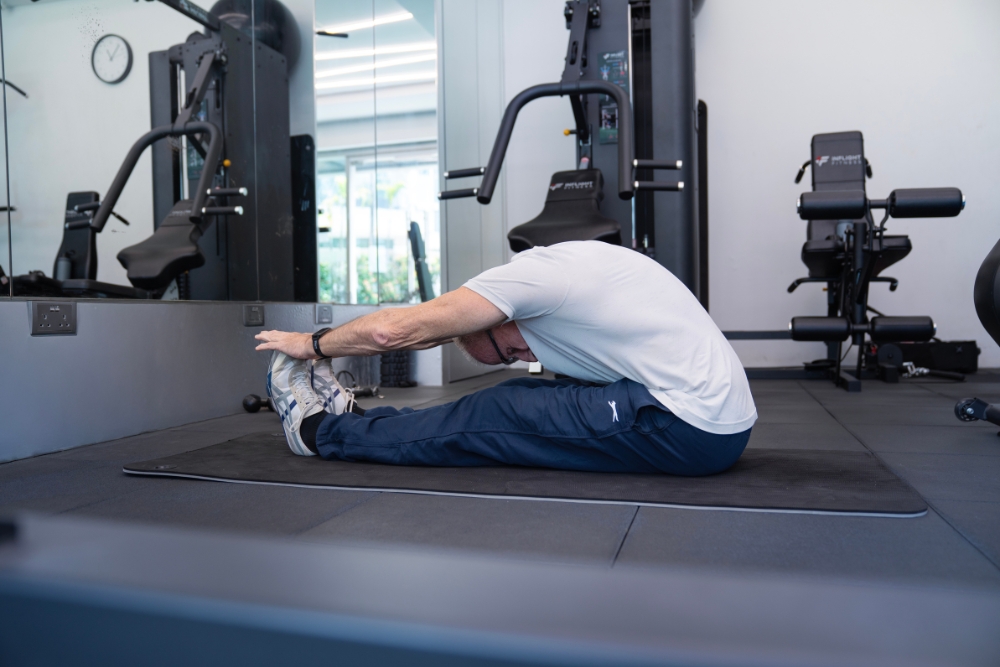
I would recommend strength training 2–3 times a week with rest days in between. Balance and mobility work can be done daily.
The final piece of the puzzle is sleep as during sleep, your muscles recover and grow stronger.
You only have one body — get to know it well and stay strong, mobile, and independent for as long as possible. Fitness is important, especially as you age.
For more tips on senior fitness and training, follow Chris on Instagram at @chrisekberg.pt

